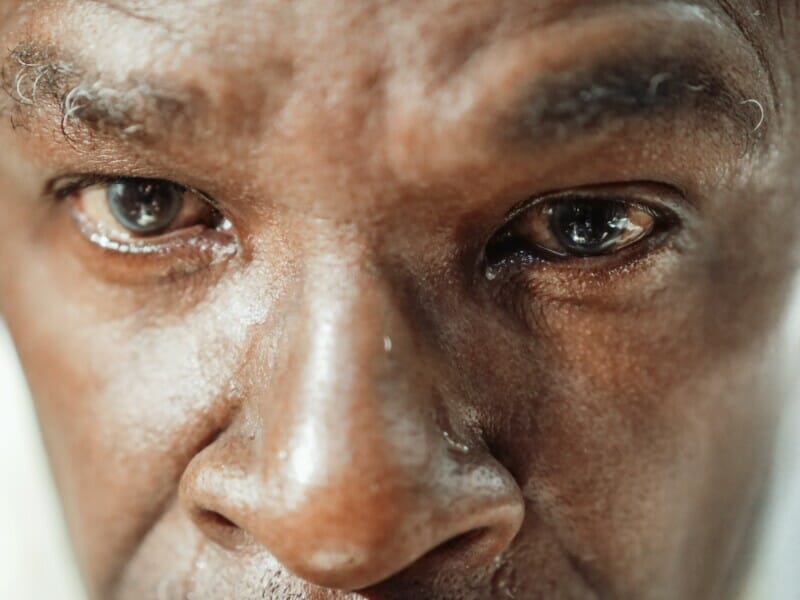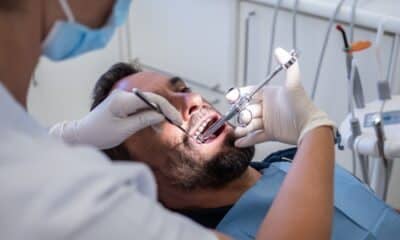Understanding Conjunctivochalasis: Information and Insights
Mechanical dry eye, also known as conjunctivochalasis, is a common eye problem encountered in routine eye care. This condition shares symptoms similar to dry eyes, leading to occasional misdiagnosis. Conjunctivochalasis primarily affects a significant number of individuals over 60 years old. It is crucial for individuals within this age group to familiarize themselves with the symptoms, causes, and management of this condition to seek appropriate treatment if necessary.
Exploring Conjunctivochalasis
Conjunctivochalasis is a prevalent eye condition characterized by an excessive folding of the conjunctival skin, forming folds between the eyelid margins and the eyeball. Fortunately, once diagnosed, this condition can be effectively treated, enabling patients to lead normal lives.
In cases where mechanical dry eye does not exhibit symptoms, eyecare professionals may categorize it as a normal eye variation linked to the aging process. It can also manifest symptoms akin to dry eyes, progressively worsening over time.
Despite being more prevalent in older individuals, conjunctivochalasis has been observed in younger people as well, with severity typically increasing with age. Patients with this condition may experience exacerbated pain during blinking or eye movements.
Unveiling the Causes of Conjunctivochalasis
Conjunctivochalasis develops due to the gradual stretching and thinning of the conjunctiva. It can also be triggered by eye inflammation stemming from conditions like aqueous tear deficiency and blepharitis, with the latter potentially leading to conjunctivochalasis.
Certain eye surgeries may elevate the risk of developing conjunctivochalasis. Prolonged contact lens usage, particularly without breaks, can also contribute to its onset. Additionally, thyroid dysfunctions and specific medications like antibiotics, antiretrovirals, and anti-malarials have been associated with causing this condition.
Recognizing Conjunctivochalasis Symptoms
Conjunctivochalasis may remain asymptomatic in some cases, necessitating detection through eye examinations. Symptoms that may indicate the presence of mechanical dry eye include eye soreness, dryness, eye discharge, blurred vision, eye stiffness upon waking, subconjunctival hemorrhage, a stinging or burning sensation in the eyes, and persistent eye fatigue.
Approaches to Conjunctivochalasis Treatment
Prompt treatment is essential for individuals experiencing conjunctivochalasis symptoms since they do not typically resolve without intervention from an eye specialist. Distinguishing between this condition and dry eyes requires a thorough eye examination.
Treatment methods vary based on whether the illness is symptomatic or asymptomatic post-diagnosis. Lubricating eye solutions may be recommended for asymptomatic cases to provide relief. In cases of inflammation, topical corticosteroids can be prescribed. Surgical intervention may be necessary for symptomatic individuals when medications prove ineffective. The surgical procedure typically involves removing excess conjunctival tissue and utilizing an amniotic membrane like Prokera to aid in the healing process and alleviate postoperative discomfort.
Understanding Conjunctivochalasis Complications
Untreated conjunctivochalasis can lead to corneal ulcers and escalating pain over time. Individuals with underlying conditions such as hypertension and diabetes must exercise vigilance, as their symptoms may exacerbate without timely treatment.
Distinguishing Between Conjunctivochalasis and Dry Eye
Although conjunctivochalasis and dry eye share similar symptoms, they have distinct causes. Conjunctivochalasis arises from conjunctival thinning and stretching, whereas dry eyes result from inadequate or poor-quality tears. Despite their differences, both conditions are common in older individuals and share symptoms such as blurred vision and eye discomfort.
Can Conjunctivochalasis Be Prevented?
Preventing conjunctivochalasis is challenging as it predominantly occurs due to aging. Regular eye check-ups are recommended for individuals aged 60 and above to enable early detection and management, thereby preventing the condition from worsening over time.
Enhanced awareness of conjunctivochalasis aids in self-assessment and preparedness for treatment. Given the potential overlap of symptoms with other eye conditions, consulting an ophthalmologist for proper evaluation and treatment recommendations is advisable. Timely detection and intervention are key to effectively managing various eye conditions and averting permanent vision impairment. Regular eye examinations are essential for maintaining ocular health, even in the absence of noticeable symptoms.
















